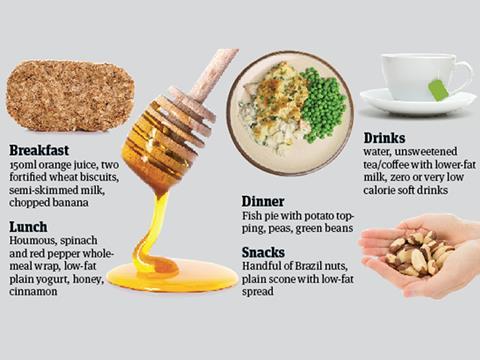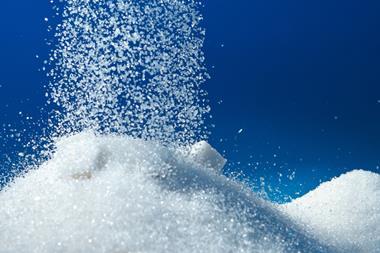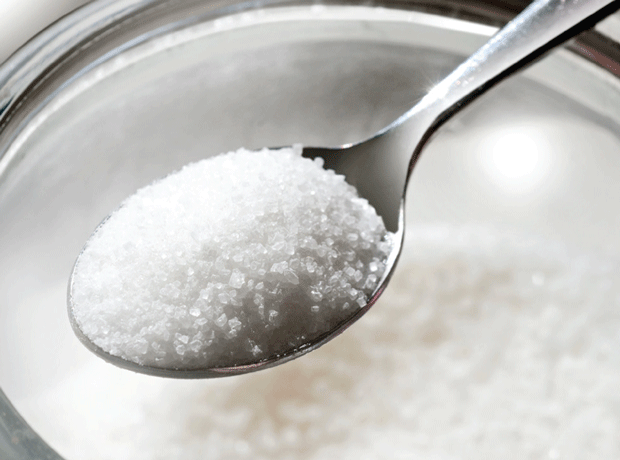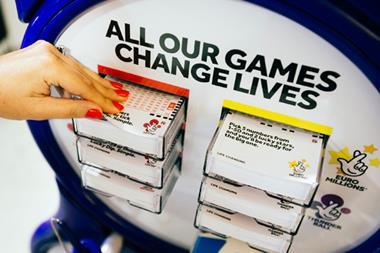
“Huge changes” to diets are needed if consumers are to hit new targets on sugar and fibre intake to be published next week, the British Nutrition Foundation has warned.
A new report to be released next week by the BNF - which is supported by the leading multiples and suppliers - to coincide with the new targets - warns that fizzy drinks will have to be eliminated completely from diets, unless they are very low or zero calorie.
A raft of other foods, such as chocolate bars, crisps and cakes, will have to be limited to as little as one or two a week and have no place on the menu as daily snacks.
The report will also warn that consumption of fruit juice, alcoholic drinks, pastries and breakfast cereals will have to be curtailed.
In the report, the BNF will release a model of the typical diet needed to meet recommendations on sugar and fibre intake as advised by the Scientific Advisory Committee on Nutrition (SACN) next week. An example of a diet for an adult woman provided by the BNF is pictured.
SACN, a panel of experts advising the DH, is expected to recommend sugar intake be cut in half, after a seven-year study of carbohydrate consumption concluded that recommended maximum daily energy intake from sugar should be reduced from 10% to 5%.
Under computer modelling carried out by the BNF for its report, it warns that to meet the SACN’s recommendations on sugar - as well as a huge increase in fibre intake - millions of consumers will have to turn to alternatives such as reduced sugar cereals, low-fat spreads and unsweetened tea and coffee.
Typical daily snacks permitted would include a handful of nuts, or a plain scone with low fat spread. “Our research shows it is possible to have a diet that will hit SACN requirements but it is going to require some major adjustments,” said BNF director general Professor Judith Buttriss.”For teenagers currently consuming 15% of their daily intake from sugar it’s going to take huge changes.”
All age groups are currently failing to hit even the existing target for sugar intake of 10, with children aged 11 to 18 years old the worst offenders.
Professor Buttriss said: “Our modelling suggests there still might be scope for the odd packet of crisps or a small chocolate bar but there would be none for fizzy drinks unless they are very low calorie or zero calorie. If people drink fizzy drinks that will account for their entire recommended sugar intake.”“I think it also really important to stress that as well as a big reduction in sugar, SACN is calling for big increases in fibre intake and unless people start eating a lot more fibre it’s going to be very difficult for SACN’s targets to be met.”
BNF research suggests in future all meals would need to be based on starchy foods, including mainly wholegrain options and potatoes with their skins on.



















No comments yet